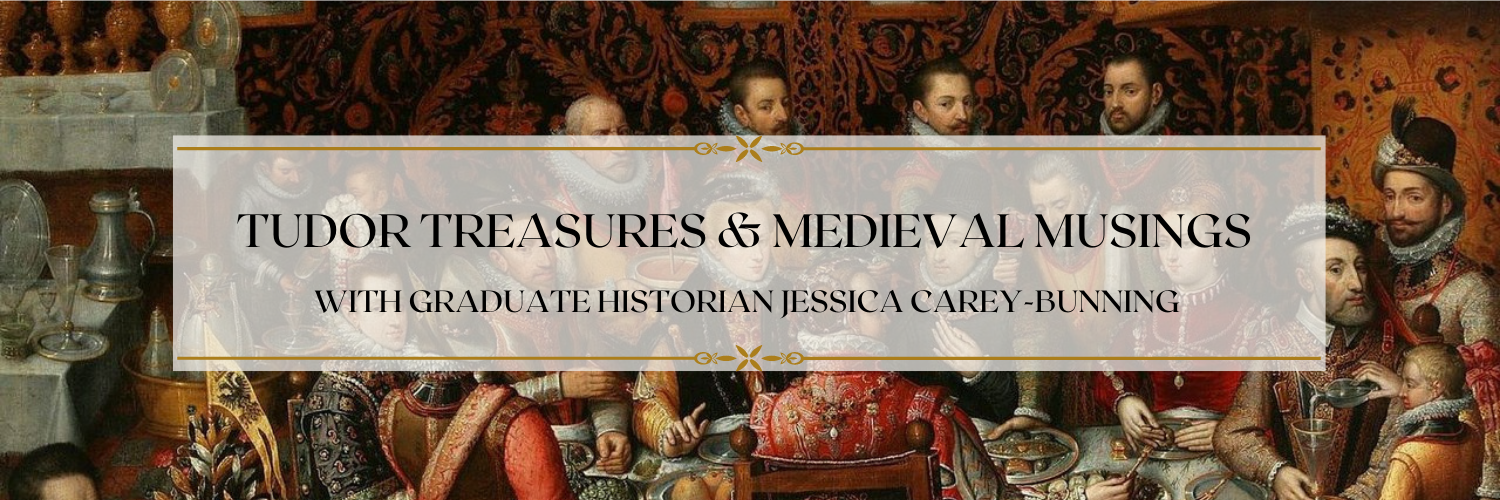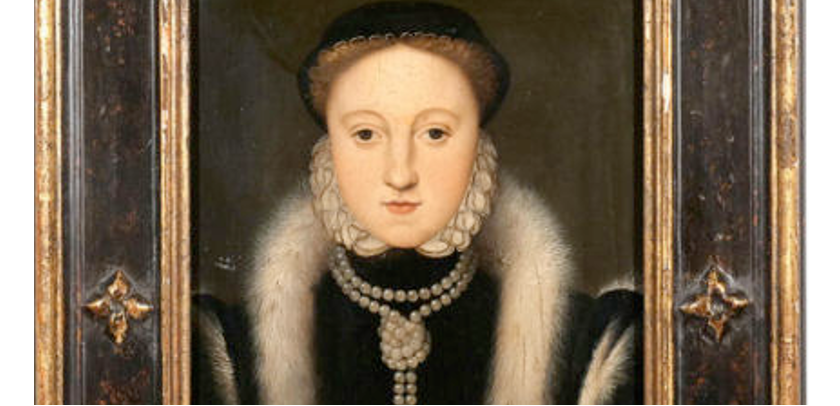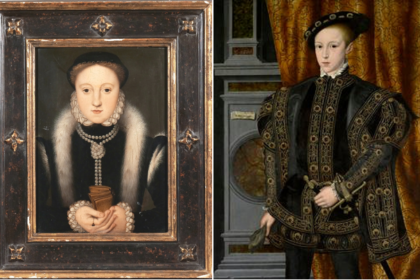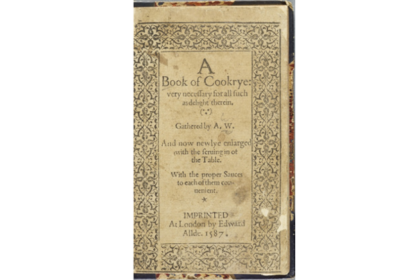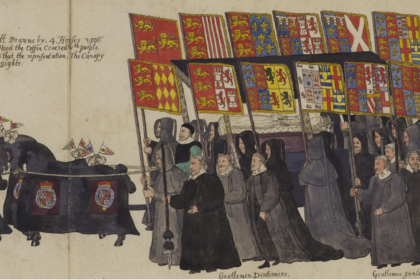This is a very unusual portrait of Elizabeth I, and not merely because it is one a very small handful painted before she became queen. Several contemporary copies and versions of the portrait exist, however this one is my particular favourite. There is some disagreement regarding the identity of the sitter, with some claiming that it is actually Lady Jane Grey; however, due to the fact that Jane died before ruffs became popular in England, comparisons between the facial features of other portraits of Elizabeth from around this time, as well as details of the context I shall provide below, I am convinced that this is indeed Elizabeth.
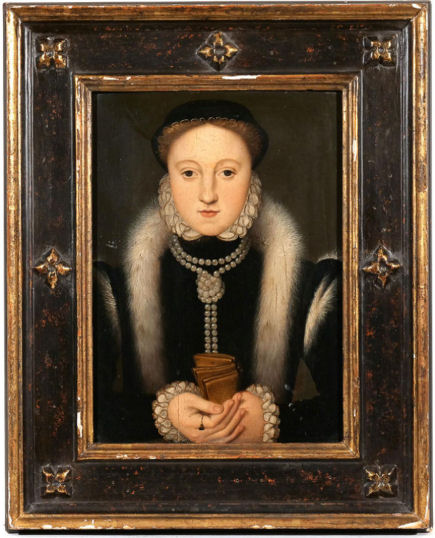
But returning to what makes this portrait so unique. The face-on perspective used by the unknown artist is very unusual. This was a rare choice in the 16th century; this was a time when artists were still learning the forgotten art of perspective, lost in Europe since Antiquity. Few could master the face-on perspective, and most artists chose to paint or draw their sitters on a slight angle, allowing for an easier and more flattering view of the face, particularly the nose. Even with this piece, you can see that the artist hasn’t quite figured out how to portray Elizabeth’s nose from this angle.
There was one artist who had mastered the face-on perspective, and that is, of course, the famous Hans Holbein the Younger, who was responsible for the most famous portraits of Elizabeth’s father, Henry VIII. Holbein, who was one of the most skilled artists in England in the 16th century, showed Henry staring straight out at the viewer, projecting an intimidating sense of power and majesty. Holbein did not reserve this perspective for Henry, and several of his portraits and sketches show the sitter face-on, including several portraits of the very young Edward VI. However, after Holbein’s death, few other portraits used this perspective. All portraits of Edward VI as king and of Mary I were painted on a slight angle.

So why did the artist of this portrait of Elizabeth choose the front-on approach? Whilst there is no evidence, I believe that this perspective was chosen precisely because it was so strongly associated with her father.
From the style of the clothing, we can date the portrait to no earlier than the mid-1550s; ruffs were not seen in England prior to this. This period of Elizabeth’s life was fraught with danger. With her Protestant brother’s death and the accession of her Catholic sister, Mary, Elizabeth’s life and status were constantly under threat. Even though Elizabeth survived the accusations of treason, Mary still threatened to disinherit Elizabeth and name their cousin, Mary, Queen of Scots, as her heir. Additionally, rumours abounded, encouraged by Mary, that Elizabeth was not even the daughter of Henry VIII, but instead the daughter of Mark Smeaton, a lute player and one of Anne Boleyn’s co-accused.
Throughout her life, Elizabeth identified strongly with her father, and invoked his memory often. Within the context of her royal parentage being denied, it is in-keeping with Elizabeth’s personality that she would commission a portrait that would subtly associate herself with the great Henry VIII and proclaim herself to be her father’s daughter. The portrait also sends another message; she is dressed in the dark colours and modest dress associated with Protestantism, in stark opposition to the opulent finery of Mary’s court. Whilst Henry wasn’t a Protestant, and hardly eschewed finery, the religion had taken that direction under Edward VI. The portrait is a message that she has the blood and religion of Tudor kings.
